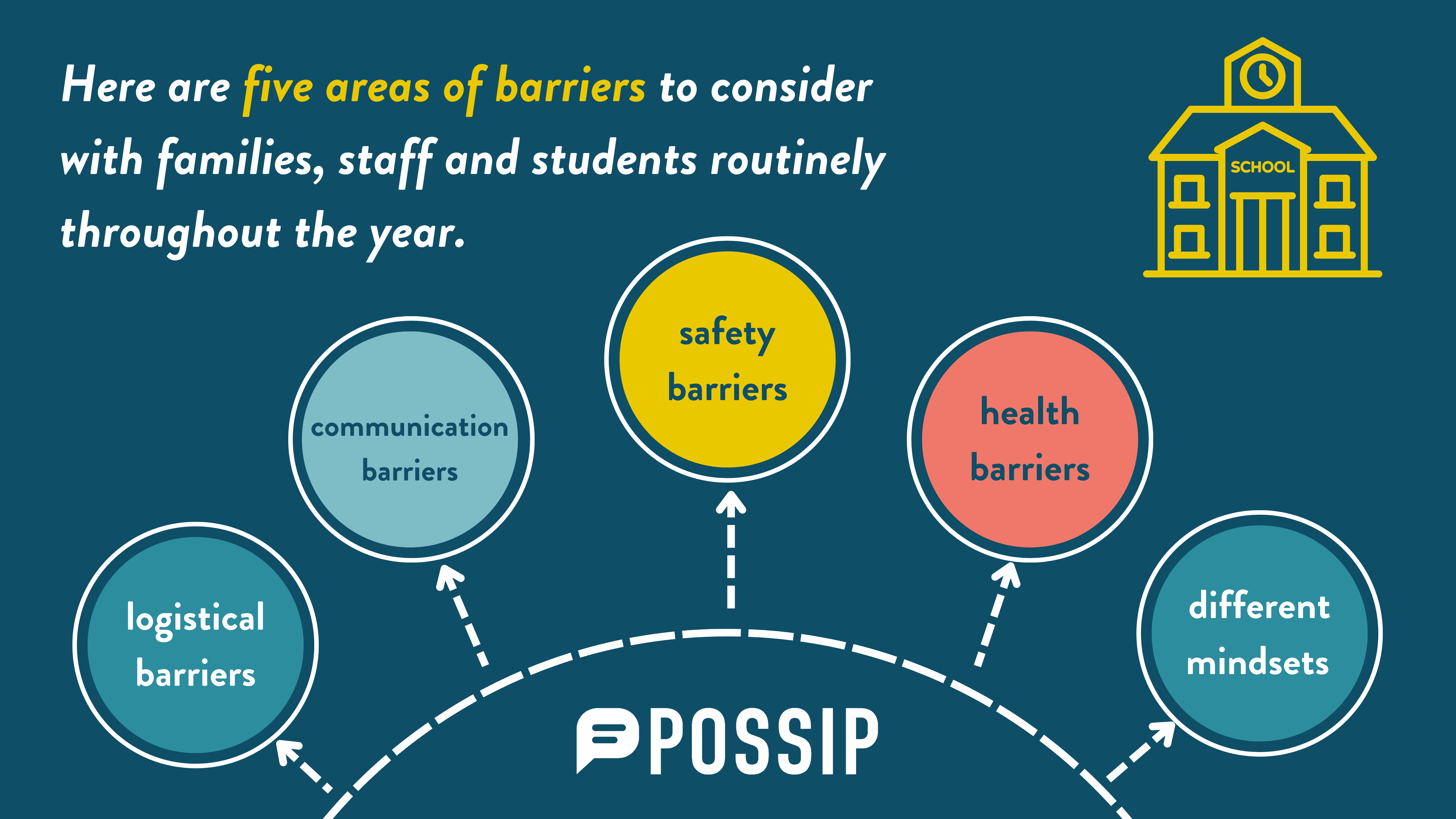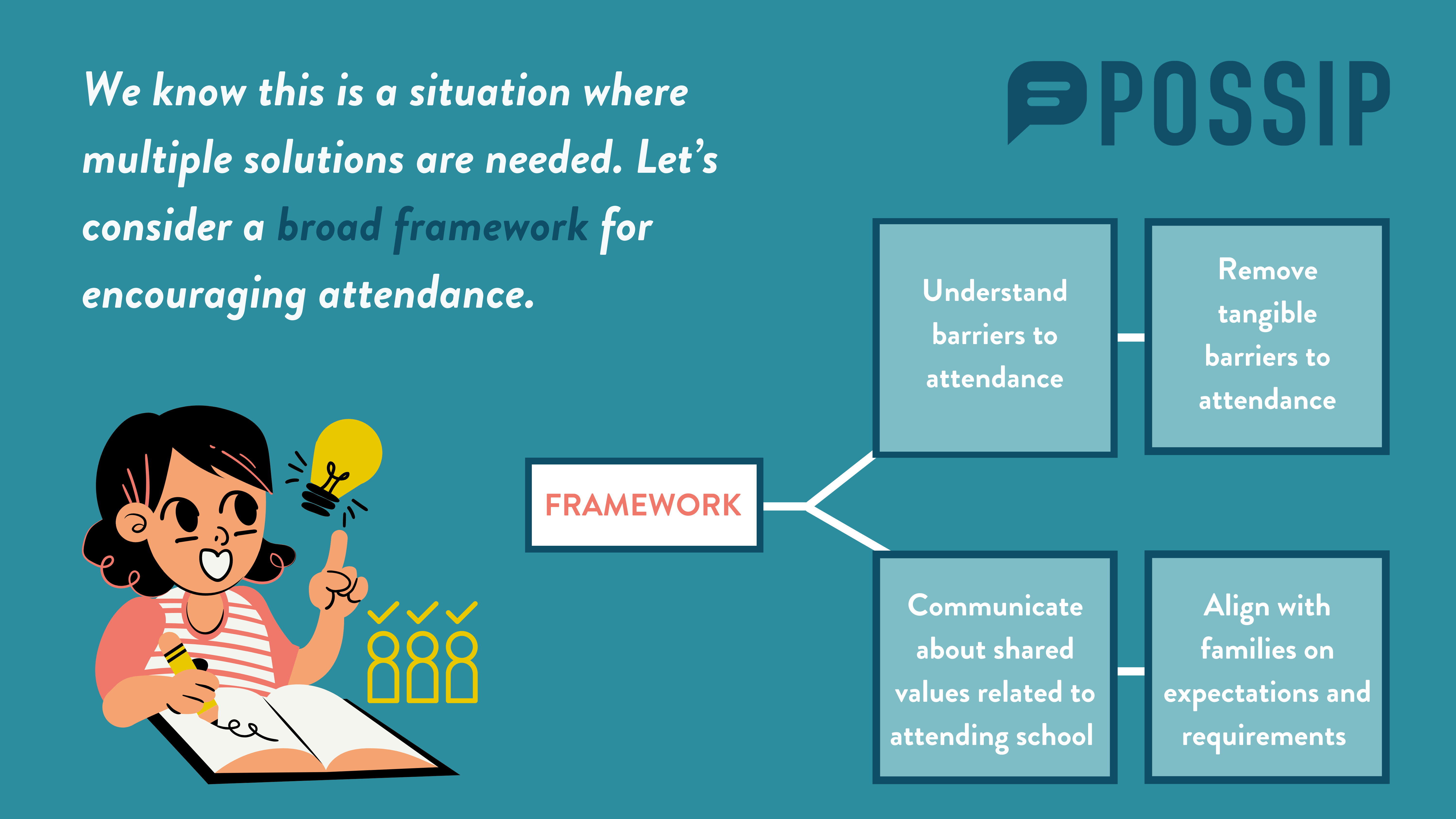Shani Dowell, Possip CEO and Founder, shares important forms of reflection as the year comes to an end.
When I first started Possip, two big questions stood before me like boulders in a path.
-
- Will schools even want regular feedback?
- Will parents ever share?
In my mind, hearing from families would help schools and districts be stronger. But the question of whether schools wanted feedback – or whether parents would share – became potential obstacles.
As we close out our 6th year of Possip, I can answer both questions definitively.
Yes.
Instead of boulders in the path, schools wanting feedback – and parents, caregivers, students and staff wanting to share – are accelerants. That doesn’t mean every school wants feedback – or every parent will share. But the power and impact we see from those who do share has become like rocket fuel to what is possible in schools when we ask, listen, and act on feedback.
2022 Reflections to Consider in the New Year
Seeing the power and impact provides additional reflection points:
People asking for feedback is an act of strength.
Asking for feedback is leaders saying, “I can handle hearing hard things.” “I can be stronger from learning.”
People asking for feedback is an act of vulnerability.
When leaders ask for feedback, they say, “I am shaking free the idea I’m perfect.” “I am asking you about things I may not have the power, skill or capacity to change.”
People sharing feedback is an act of hope.
That things can be better or different. That someone is listening. That the individual can be an agent of change.
People sharing feedback is an act of trust.
They trust that the people, organization or system they are sharing with cares what they think – and can do something about their experience.
The power of knowing your impact.
So often things happen and while you may understand the order of events, you may not know the impact of the events. I remember in Possip’s first Pulse Check in February of 2017, a parent shared the positive impact a teacher made on her anxiety-ridden child by giving her child a journal and encouraging her child to write. Another parent wrote about the positive impact a parent made when their child was absent and the teacher called to check in on the child. I remember a Pulse Check where a parent shared the impact of a disciplinary decision involving her child.
As the principal read this comment, the principal said “I knew all of the events surrounding this decision but I didn’t realize the impact it had.” So often things happen and move so quickly in a school day – that it is hard to know the impact – positive, negative, or neutral.
The limits of even good intentions.
Closely connected to the power of impact are the limits of even the best of intentions. We often miss the opportunity to learn more about the success – or failure – of our intentions. In large systems like districts and schools, we make decisions with the best of intentions. No one wakes up and asks how they can make a big decision that negatively impacts tens of thousands of people.
And yet we know that the realities from any policy perspective is that sometimes our decisions have negative and unintended consequences. Unfortunately, without easy ways to hear about the impact of positive intentions, a lot of schools, districts and organizations have to suffer from more painful ways of hearing from their community about the negative impacts of a decision.
The truth of conflict.
I was recently interviewing someone and they said “conflict is a part of life – you just have to go through it.” This resonated with me as a truth. So often what stands in the way of engaging in difficult conversations is the fear of conflict. Conflict really is a part of life. Finding productive ways to engage in, and manage through conflict are important skills.
The other side of hard.
Gosh. We’ve learned hard in new ways the past 3 years. I was at a fundraising event last year, and the speaker shared a well known quote from the head coach of the Phoenix Suns, “everything you want is on the other side of hard.” In our work we get to walk alongside our partners in the hard. We see parents sharing hard feedback – about kids struggling with mental health, academic needs, feelings of isolation, bullying. We see schools having to deal with the hard – staffing shortages, COVID and sickness protocols, changing policy environments, attendance and enrollment challenges. But we also see them walking forward – towards a future on the other side of hard.
As we head into the new year, may we keep walking forward in the hope, trust, vulnerability, strength, knowledge of impact, comfort with conflict, and push through the hard that is going to make our schools, districts, organizations, and people even stronger.
I’ll see you on the other side.
The post Moving into the New Year: 2022 Reflections appeared first on Possip | Engagement Platform | School Feedback Survey.


 November top 10 family trends are in! Similar to patterns from last year, happiness tends to dip as schools approach the end of the calendar year. This has historically happened during the late Fall months!
November top 10 family trends are in! Similar to patterns from last year, happiness tends to dip as schools approach the end of the calendar year. This has historically happened during the late Fall months!